-
 Bitcoin
Bitcoin $116400
0.87% -
 Ethereum
Ethereum $3819
3.86% -
 XRP
XRP $3.048
1.62% -
 Tether USDt
Tether USDt $1.000
0.03% -
 BNB
BNB $777.2
0.60% -
 Solana
Solana $169.3
0.46% -
 USDC
USDC $0.0000
0.02% -
 TRON
TRON $0.3414
2.06% -
 Dogecoin
Dogecoin $0.2126
3.33% -
 Cardano
Cardano $0.7527
1.21% -
 Hyperliquid
Hyperliquid $38.86
1.02% -
 Sui
Sui $3.683
5.27% -
 Stellar
Stellar $0.4048
1.45% -
 Chainlink
Chainlink $17.91
6.62% -
 Bitcoin Cash
Bitcoin Cash $576.9
1.29% -
 Hedera
Hedera $0.2487
1.03% -
 Ethena USDe
Ethena USDe $1.001
-0.01% -
 Avalanche
Avalanche $22.46
1.07% -
 Litecoin
Litecoin $120.8
1.69% -
 UNUS SED LEO
UNUS SED LEO $8.963
-0.30% -
 Toncoin
Toncoin $3.301
2.33% -
 Shiba Inu
Shiba Inu $0.00001250
1.13% -
 Uniswap
Uniswap $10.06
3.45% -
 Polkadot
Polkadot $3.731
1.56% -
 Dai
Dai $1.000
0.01% -
 Bitget Token
Bitget Token $4.416
1.58% -
 Cronos
Cronos $0.1482
3.73% -
 Monero
Monero $250.0
-12.34% -
 Pepe
Pepe $0.00001075
2.16% -
 Aave
Aave $274.6
4.17%
Gemini perpetual contract stop profit and stop loss tutorial
Traders can utilize stop profit and stop loss orders on Gemini's perpetual contract exchange to protect profits, minimize losses, and manage risk effectively.
Nov 12, 2024 at 05:11 am
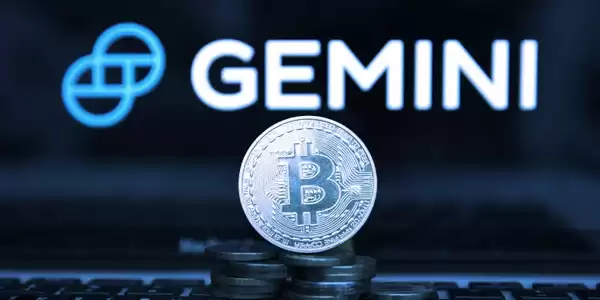
Gemini Perpetual Contract Stop Profit and Stop Loss Tutorial
Introduction
Stop profit and stop loss orders are powerful risk management tools that allow traders to automatically close their positions at predetermined price levels. This can help to protect profits, minimize losses, and manage risk in volatile markets. This guide will provide a step-by-step tutorial on how to use stop profit and stop loss orders on Gemini's perpetual contract exchange.
Step 1: Open a Gemini Account
If you do not already have a Gemini account, you will need to create one. You can do this by visiting the Gemini website and clicking on the "Sign Up" button. Once you have created an account, you will need to verify your identity by providing your personal information and uploading a government-issued ID.
Step 2: Fund Your Account
Once your account is verified, you will need to fund it with either fiat currency or cryptocurrency. You can do this by clicking on the "Deposit" button on the Gemini website. Gemini supports a variety of deposit methods, including bank wire, ACH, and cryptocurrency transfers.
Step 3: Choose a Contract
Gemini offers a variety of perpetual contracts, including BTC-USD, ETH-USD, and LINK-USD. To choose the contract you want to trade, click on the "Trade" button on the Gemini website and select "Perpetual Contracts" from the menu.
Step 4: Place an Order
Once you have chosen a contract, you will need to place an order. You can do this by clicking on the "New Order" button on the Gemini website. In the order form, you will need to specify the following information:
- Contract: The contract you want to trade
- Side: The side of the trade (buy or sell)
- Order Type: The type of order (limit, market, or stop profit/stop loss)
- Quantity: The amount of the contract you want to trade
- Price: The price at which you want to enter the trade
Step 5: Stop Profit Order
A stop profit order is an order that automatically sells your position when the price of the contract reaches a certain level. This can help to protect your profits and prevent you from losing more money than you are willing to risk. To place a stop profit order, follow these steps:
- In the order form, select "Stop" from the "Order Type" dropdown menu.
- Enter the price at which you want to sell your position in the "Stop Price" field.
- Click on the "Place Order" button.
Step 6: Stop Loss Order
A stop loss order is an order that automatically closes your position when the price of the contract falls below a certain level. This can help to protect your capital and prevent you from losing your entire investment. To place a stop loss order, follow these steps:
- In the order form, select "Stop" from the "Order Type" dropdown menu.
- Enter the price at which you want to close your position in the "Stop Price" field.
- Click on the "Place Order" button.
Step 7: Monitoring Your Orders
Once you have placed your orders, you will need to monitor them to make sure they are executed correctly. You can do this by clicking on the "My Orders" tab on the Gemini website. In the "My Orders" tab, you can view the status of all your open orders.
Step 8: Closing Your Orders
Disclaimer:info@kdj.com
The information provided is not trading advice. kdj.com does not assume any responsibility for any investments made based on the information provided in this article. Cryptocurrencies are highly volatile and it is highly recommended that you invest with caution after thorough research!
If you believe that the content used on this website infringes your copyright, please contact us immediately (info@kdj.com) and we will delete it promptly.
- Pi Coin's dApp and AI Potential: Building a Decentralized Future
- 2025-08-08 02:30:12
- Bitcoin, Greenidge, and Liquidity: Navigating the Crypto Currents in NYC
- 2025-08-08 02:30:12
- Crypto Phishing Alert: $3 Million USDT Loss Highlights DeFi Risks
- 2025-08-08 01:10:12
- Crypto Presale Mania: Is Punisher Coin the High ROI King?
- 2025-08-08 01:10:12
- Online Betting, Platforms & Crypto Access: What's Hot in 2025
- 2025-08-08 00:50:12
- Layer Brett: The Meme Coin Primed for 100x Gains?
- 2025-08-08 01:50:12
Related knowledge
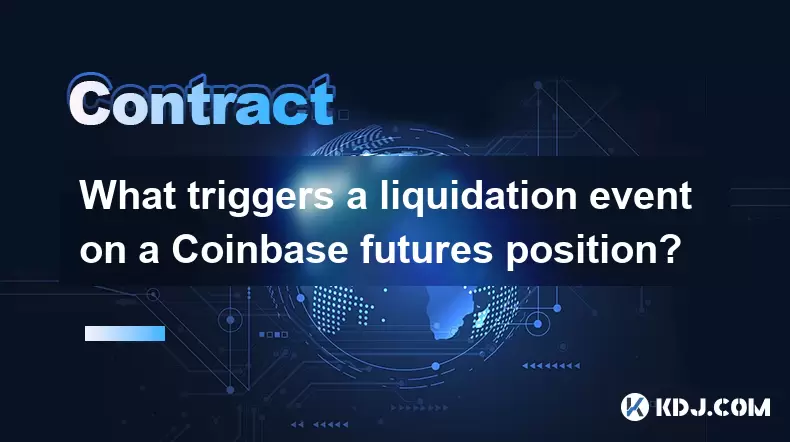
What triggers a liquidation event on a Coinbase futures position?
Aug 08,2025 at 01:15am
Understanding Futures Contracts on CoinbaseFutures contracts on Coinbase allow traders to speculate on the future price of a cryptocurrency, such as B...
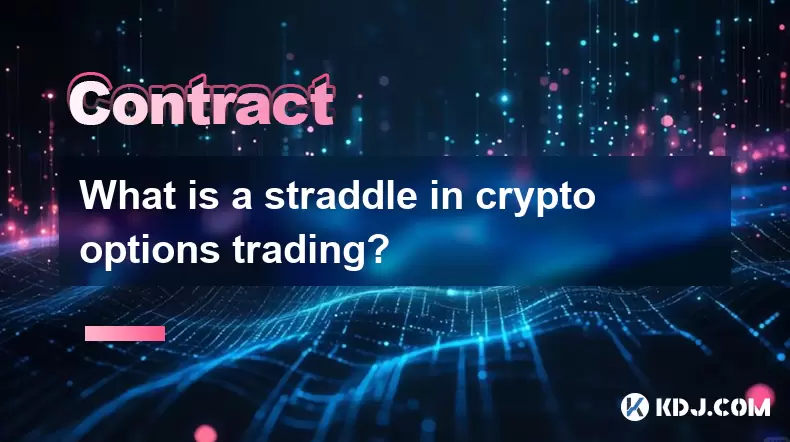
What is a straddle in crypto options trading?
Aug 07,2025 at 11:15pm
Understanding the Basics of a Straddle in Crypto OptionsA straddle is an options trading strategy used when a trader expects significant price movemen...
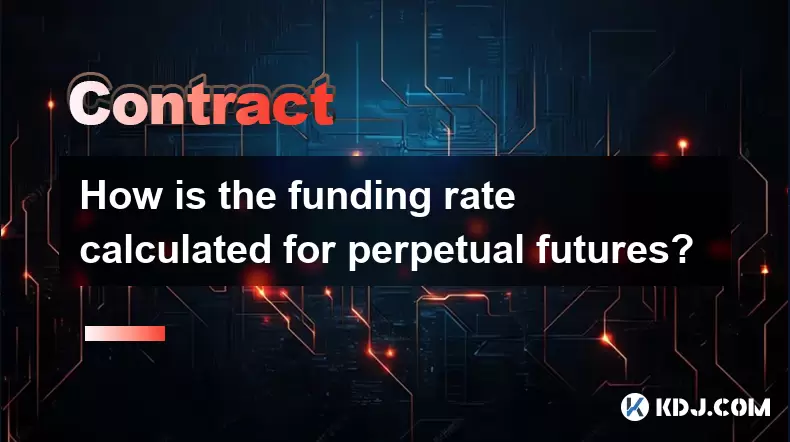
How is the funding rate calculated for perpetual futures?
Aug 07,2025 at 11:36pm
Understanding the Basics of Perpetual FuturesPerpetual futures are a type of derivative contract that does not have an expiration date, allowing trade...
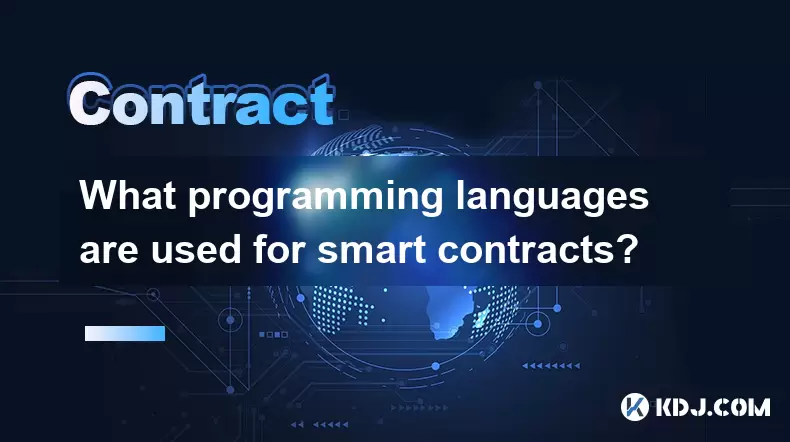
What programming languages are used for smart contracts?
Aug 07,2025 at 06:07pm
Understanding Smart Contracts and Their Execution EnvironmentSmart contracts are self-executing programs deployed on blockchain networks that automati...
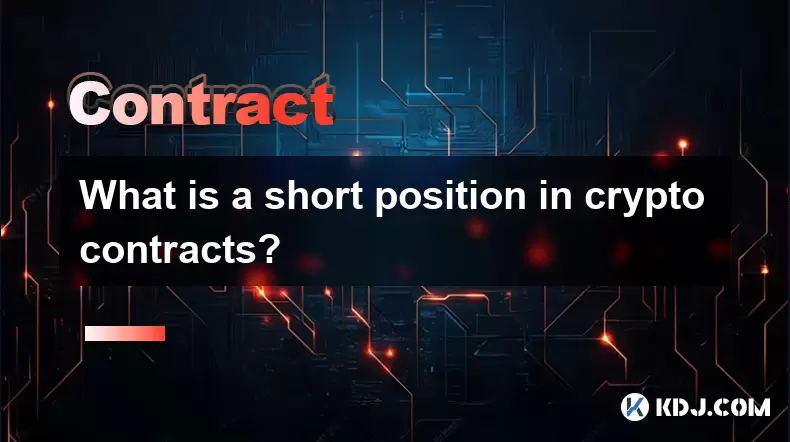
What is a short position in crypto contracts?
Aug 07,2025 at 11:42pm
Understanding the Concept of a Short Position in Crypto ContractsA short position in crypto contracts refers to a trading strategy where a trader prof...
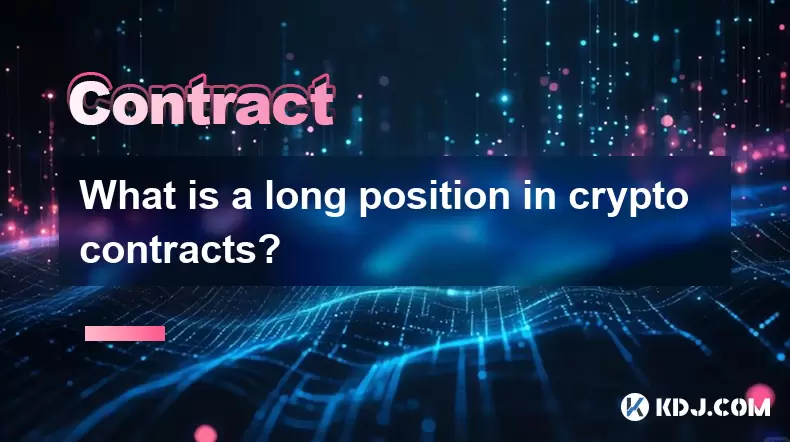
What is a long position in crypto contracts?
Aug 07,2025 at 06:29pm
Understanding the Concept of a Long Position in Crypto ContractsA long position in crypto contracts refers to a trading strategy where a trader buys a...

What triggers a liquidation event on a Coinbase futures position?
Aug 08,2025 at 01:15am
Understanding Futures Contracts on CoinbaseFutures contracts on Coinbase allow traders to speculate on the future price of a cryptocurrency, such as B...

What is a straddle in crypto options trading?
Aug 07,2025 at 11:15pm
Understanding the Basics of a Straddle in Crypto OptionsA straddle is an options trading strategy used when a trader expects significant price movemen...

How is the funding rate calculated for perpetual futures?
Aug 07,2025 at 11:36pm
Understanding the Basics of Perpetual FuturesPerpetual futures are a type of derivative contract that does not have an expiration date, allowing trade...

What programming languages are used for smart contracts?
Aug 07,2025 at 06:07pm
Understanding Smart Contracts and Their Execution EnvironmentSmart contracts are self-executing programs deployed on blockchain networks that automati...

What is a short position in crypto contracts?
Aug 07,2025 at 11:42pm
Understanding the Concept of a Short Position in Crypto ContractsA short position in crypto contracts refers to a trading strategy where a trader prof...

What is a long position in crypto contracts?
Aug 07,2025 at 06:29pm
Understanding the Concept of a Long Position in Crypto ContractsA long position in crypto contracts refers to a trading strategy where a trader buys a...
See all articles

























































































